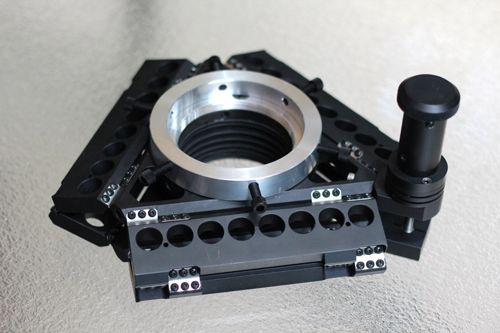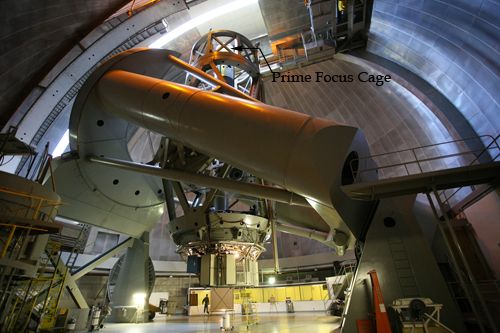I'll admit I clicked on the thread hoping to see and learn from some really conclusive and technical posts from authorities on this topic, but unfortunately I guess it's just one of those things where nobody /really/ knows what's going on, and practicing engineers just get by with big factors of safety to account for the uncertainty. So I'll throw in my $.02, with the caveat that I don't really know what I'm doing, and am still trying to learn better techniques to analyze bolted joints. (advice on the internet is worth no more than what you paid for it)
The NASA Fastener Design Handbook NASA RP-1228 (
http://snebulos.mit.edu/projects/reference/NASA-Generic/NASA-RP-1228.pdf) has some basic equations for estimating fastener pullout strength. See page 21 of the handbook (page 23 of the pdf).
Fulmen's technique of estimating pullout by calculating shear strength of the cylinder of aluminum at the OD of the fastener is a decent way to estimate. It's also what the NASA handbook does, except they include a de-rating of that calculated number by ~50-67%, which matches my experience. I think the number Fulmen came up with is a bit high, likely due to not including the factor of 2 or 3 de-rating. This technique assumes the female thread has significantly less shear strength than the male thread, and assumes the male thread is made of a somewhat stiffer material than the female thread.
If you need more pullout strength and have the room, a helicoil or other threaded insert will get you closer to the breaking strength of the fastener without making deeper threads.
For like-material bolted joints (steel bolt in steel threads, etc), nuts can be used as a rough guide of adequate thread engagement for full bolt strength. Standard nuts are designed to have enough thread engagement that the bolt fails in tension before the nut strips.
If you decide to do a test-assembly, I would recommend measuring thread pullout strength directly with a load-cell or weights rather than using a torque-wrench, due to huge uncertainties in the frictional resistance of bolted joints. I would expect these threads to fail at <800 lbf, considering a 70ksi 6-32 fastener yields at ~650 lbf and a #4-40 goes at ~450 lbf.
Note, it is considered bad design practice to design bolted joints such that the working loads exceed the preload of the fasteners holding the joint together. I wouldn't recommend joint preload beyond ~70% of yield strength, which in this case will likely be driven by thread pullout strength rather than fastener yield strength.
As an aside, Don, that is the most beautiful focuser I've ever seen. Super-cool design and implementation!





